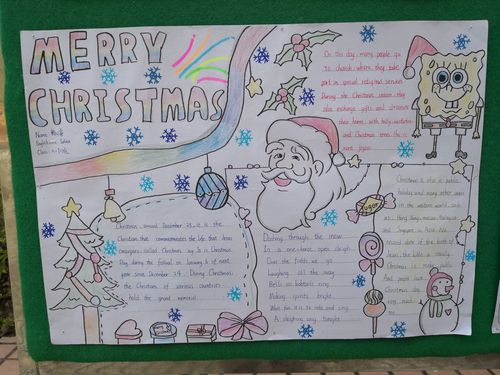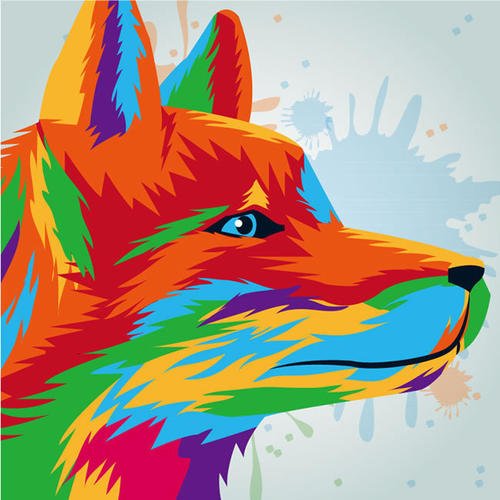Art festivals are vibrant celebrations of creativity, diversity, and human expression. These events serve as platforms for artists to showcase their talents, for audiences to immerse themselves in cultural experiences, and for communities to come together in celebration of artistic endeavors. In this exploration, we delve into the essence of art festivals, their significance, and the key elements that contribute to their success.
Art festivals are dynamic showcases of diversity, encompassing various forms of artistic expression such as visual arts, performing arts, music, dance, theater, literature, and more. These festivals provide a space for artists from different backgrounds, cultures, and disciplines to converge, share their unique perspectives, and celebrate the richness of human creativity.
Creativity lies at the heart of art festivals. These events inspire artists to push boundaries, experiment with new techniques, and explore innovative ideas. Through exhibitions, performances, workshops, and interactive installations, art festivals stimulate creativity not only among artists but also among audiences, encouraging them to engage with art in imaginative and thoughtprovoking ways.
Art festivals play a vital role in building and strengthening communities. They bring people together, fostering a sense of belonging and connection through shared cultural experiences. Whether held in urban centers, rural areas, or online spaces, art festivals create opportunities for social interaction, dialogue, and collaboration, nurturing bonds that transcend geographical, linguistic, and cultural barriers.
Accessibility is key to the success of art festivals, ensuring that art is inclusive and accessible to all members of society. By offering free or affordable admission, providing accommodations for individuals with disabilities, and organizing outreach programs in underserved communities, art festivals strive to make art more accessible and democratize cultural participation.

Education is an integral component of art festivals, offering learning opportunities for people of all ages and backgrounds. Through artist talks, panel discussions, masterclasses, and handson workshops, art festivals facilitate knowledge exchange, skill development, and critical thinking, empowering individuals to deepen their understanding of art and its role in society.
Art festivals serve as incubators for innovation, fostering experimentation, and interdisciplinary collaboration. By bringing together artists, technologists, scientists, and entrepreneurs, these events catalyze crosspollination of ideas, sparking new insights, and driving creative innovation across various fields and industries.
Many art festivals celebrate and preserve cultural heritage, showcasing traditional arts and crafts, indigenous practices, and intangible cultural heritage. By honoring and preserving cultural traditions, these festivals contribute to cultural continuity, identity formation, and intergenerational transmission of knowledge, ensuring that diverse cultural expressions continue to thrive and evolve.
In conclusion, art festivals are dynamic, multifaceted events that celebrate the richness of human creativity, foster community engagement, promote cultural diversity, and inspire social change. By embracing inclusivity, fostering creativity, and nurturing collaboration, art festivals have the power to transform individuals, communities, and societies, enriching lives and shaping the cultural landscape for generations to come.
版权声明:本文为 “四季百科网” 原创文章,转载请附上原文出处链接及本声明;

